
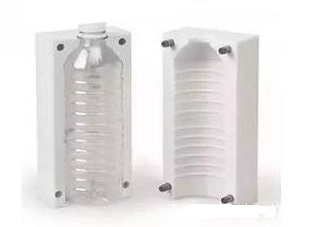
Demand market for vacuum casting:
In the prototype model industry, silicone vacuum casting is often used to make prototypes. The first choice for small-batch prototype production before mold opening is also silicone vacuum casting. Many industrial products, such as auto parts, robots, medical equipment, 3C products, When a concept or idea develops into a mature mass-produced product, it needs to be planned and developed by the developers to continuously find problems and improve the product planning. However, the cost of mold opening is large and the time is long. What makes the planning and development personnel more difficult is that, If the planning is wrong, it will cause a lot of unnecessary loss, because a set of steel molds often cost 100,000 or hundreds of thousands; therefore, before opening the mold, a small batch of silicone vacuum casting prototypes will be well tested. Whether the product is qualified, it can also prevent unnecessary losses.
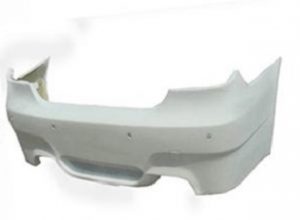
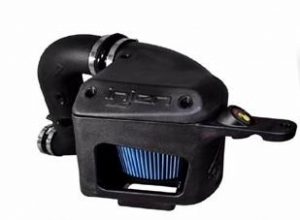
What is vacuum casting:
Vacuum casting, namely vacuum casting, also called silicone vacuum casting, needs to be applied to silicone molds. The castable is defoamed, mixed, preheated, and molded under vacuum conditions, and then cured and molded for 2-3 hours in a thermostat at 60℃-80℃. The imitation of silicone vacuum casting It can reach the strength and hardness of ABS and other raw materials. It can also be equipped with color and vacuum casting according to customer requirements. It is suitable for small batch imitation of plastic parts in the product development process. The structure is messy, the wall thickness is uniform, and it meets certain functional and appearance requirements. The small batch of samples are produced.
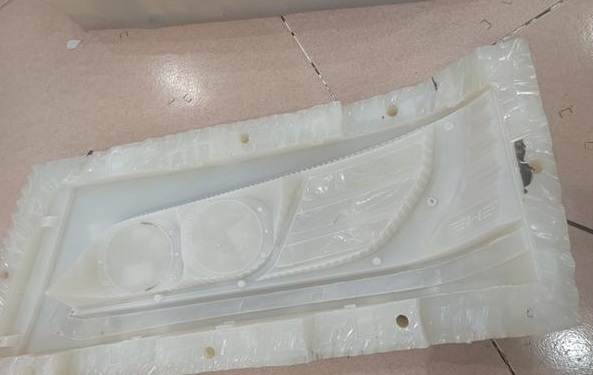
Prototype model silica gel vacuum casting process:
- Prototype production: According to the 3D drawings provided by the customer, the prototype is produced through CNC processing, SLA laser rapid prototyping or 3D printing.
- Make the silicone mold: After the prototype is made, the mold base is made, the prototype is fixed, the silicone is poured, and after 8 hours of drying, the mold is opened and the prototype is taken out, and the silicone mold is completed.
- Vacuum casting: Inject the liquid gum material into the silicone mold, and after curing for 30-60 minutes in a 60°-70° incubator, the mold can be demolded, and if necessary, in a 70°-80° incubator Perform secondary curing for 2-3 hours. Under normal circumstances, the service life of silicone molds is 15-20 times.
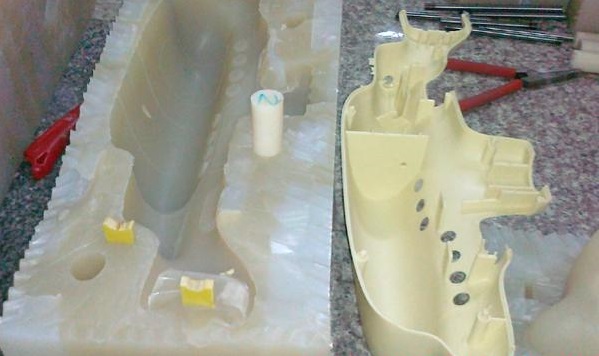
The main features of small batch silicone vacuum castingprototype:
- The silicone mold does not deform or shrink; it is resistant to high temperatures and can be used repeatedly after the mold is formed; it provides convenience for product production
- Silicone molds are of high quality and low price, and the production cycle is relatively short, which can prevent unnecessary losses before opening the mold.
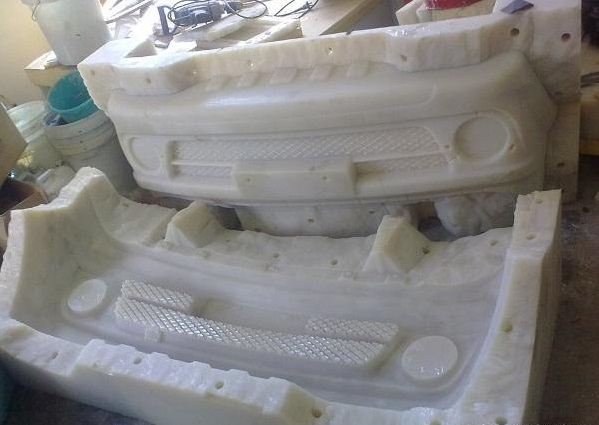
Which products are suitable for vacuum casting:
Personalized products, the demand is small, the structure is more complicated, and it is not cost-effective to open traditional steel molds, such as auto parts, robots, medical equipment, and 3C electronic products.
The price of vacuum casting:
The price of vacuum casting is generally determined by the product size, product structure, material and surface requirements, and the specific manual quotation shall prevail.
